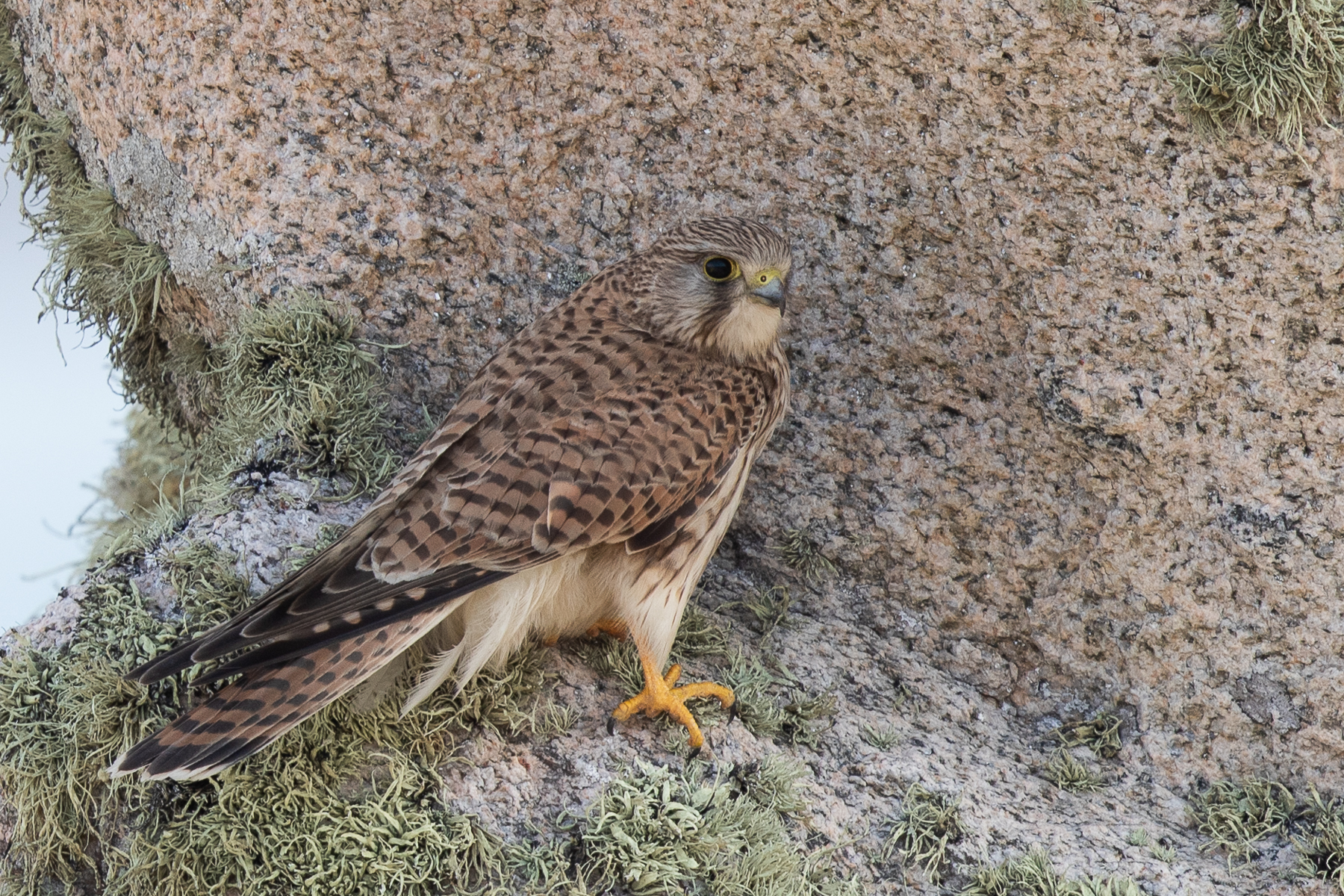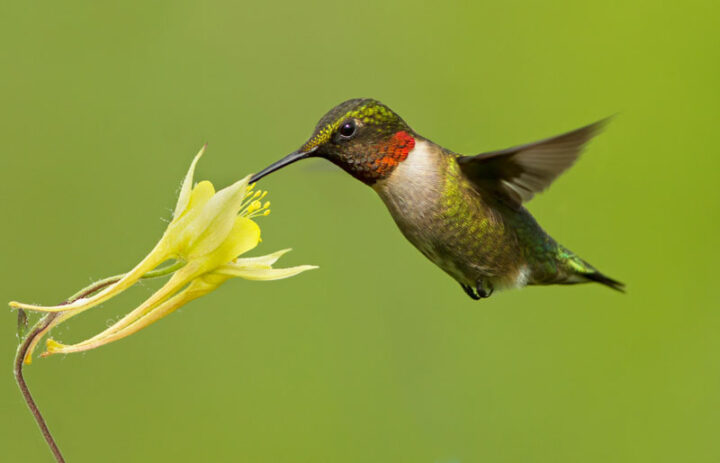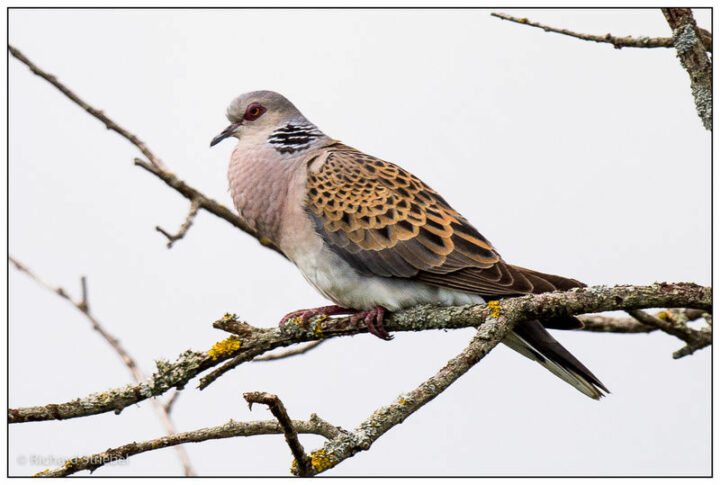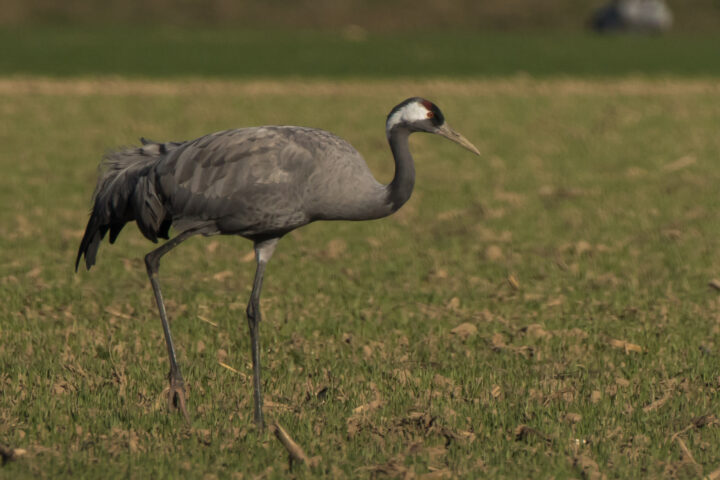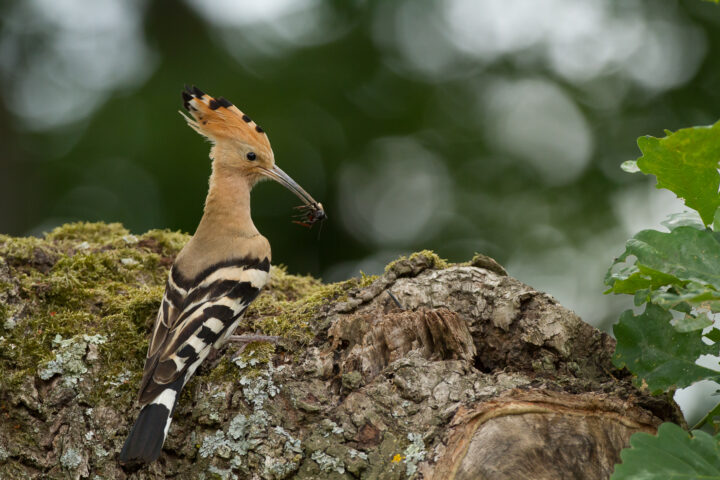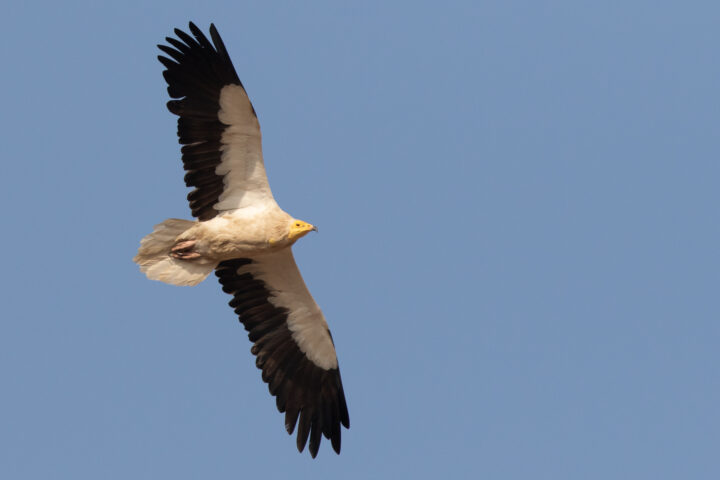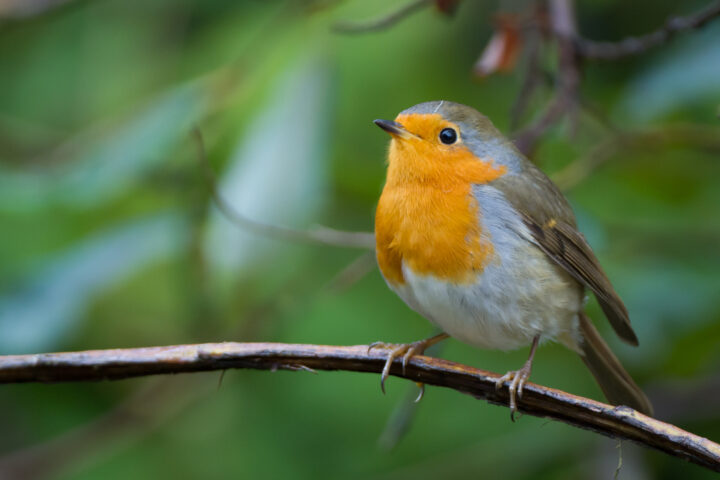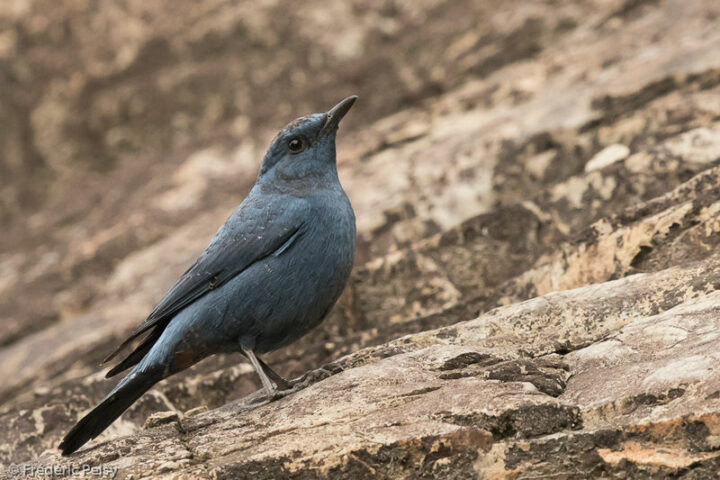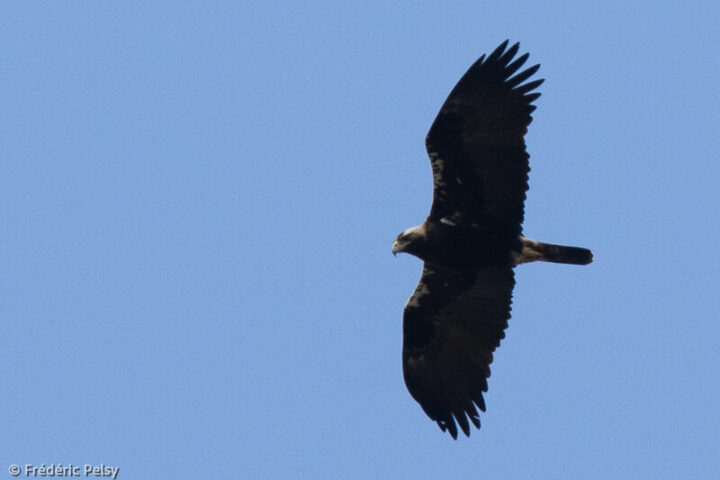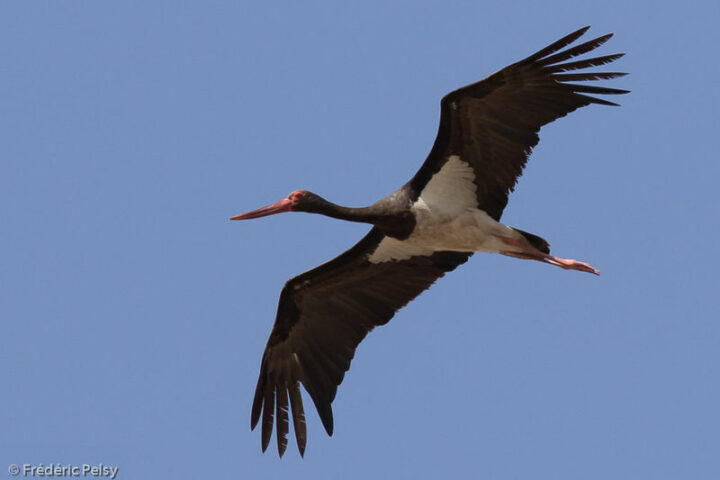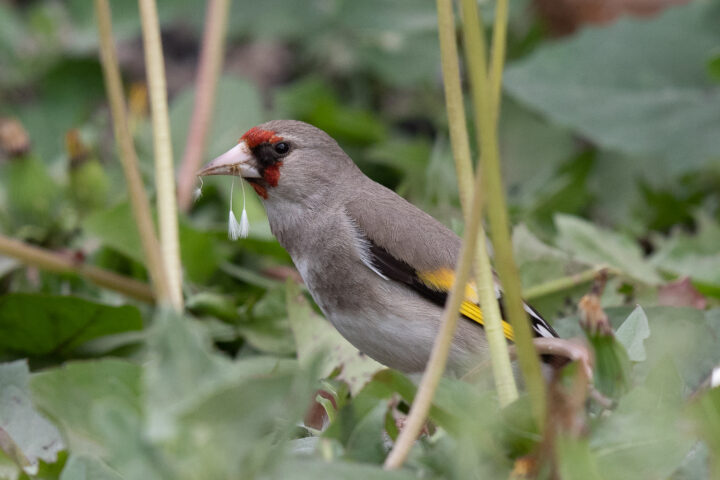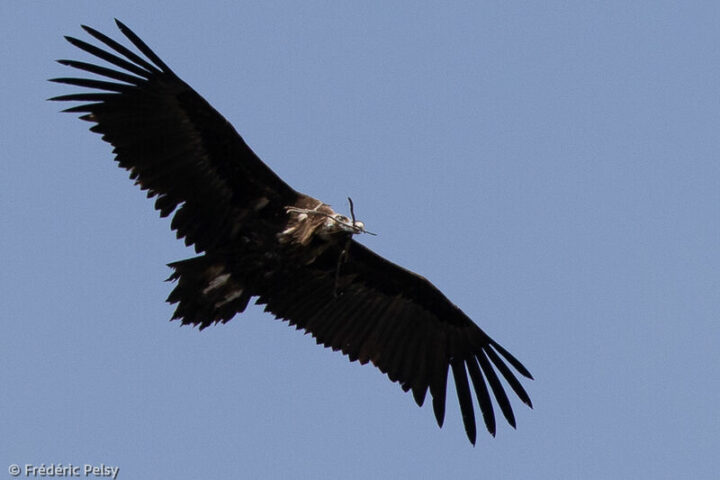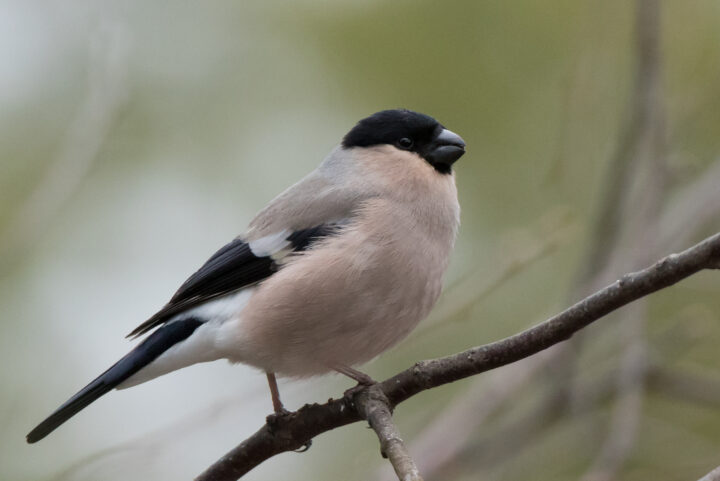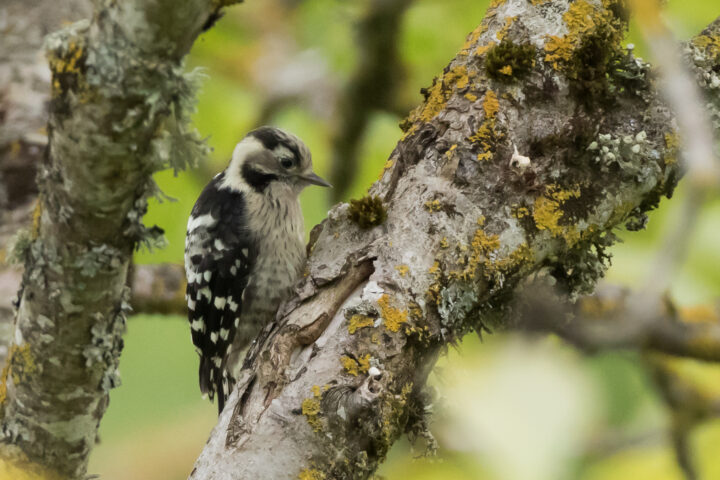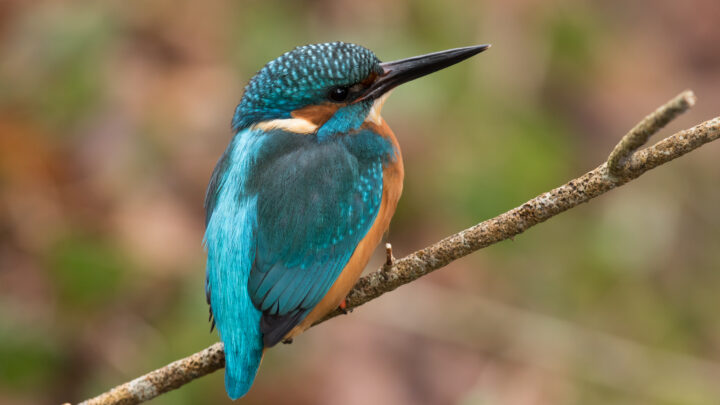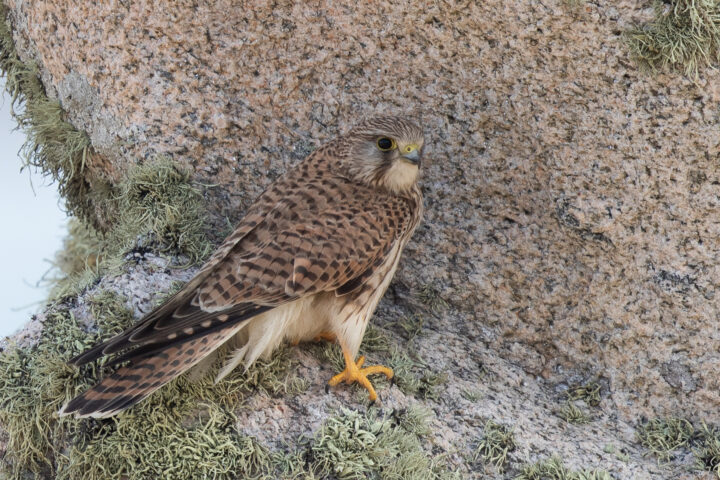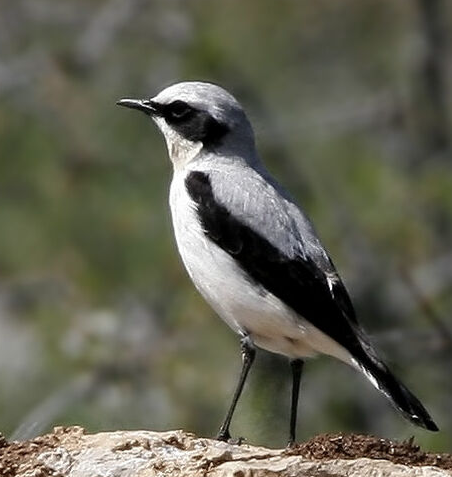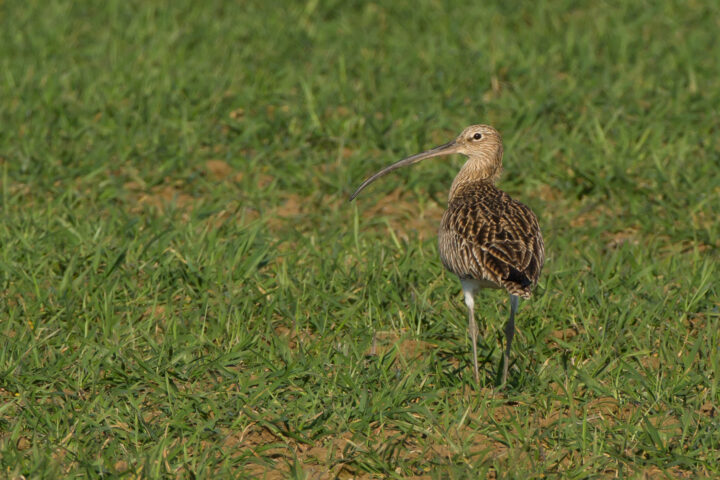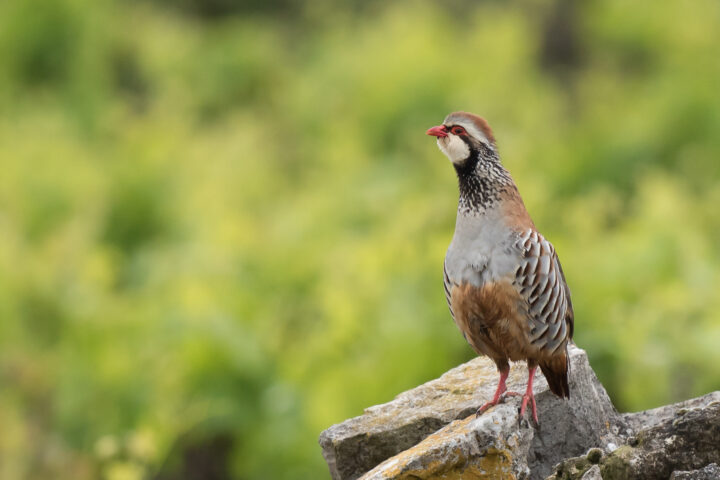Common Kestrel
Falco tinnunculus
Classification
- Order: Falconiformes
- Family : Falconidae
- Genus : Falco
- Species : tinnunculus
Binomial name
- Linnaeus, 1758
Biometrics
- Size: 39 cm
- Wingspan : 65 to 82 cm.
- Weight : 154 to 314 g
Longevity
- 16 years
DISTRIBUTION
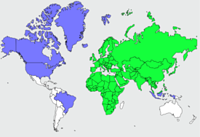
Vocalisation
The species is rather silent outside the breeding season. The usual call, which can be assimilated to an alarm call, is a rapid succession of high-pitched ringing notes “ki ki ki ki kik” which sometimes evokes a woodpecker call. During the breeding season, the pair makes incisive territorial “tsik” calls in flight or on the ground, and prolonged and piercing contact calls that can be translated as “kiiih kiiih kiiih kiiih…” with a slow rhythm, and with many variations on the same theme. At the nest, the repertoire of the couple in the intimacy diversifies at the time of the pariades and the couplings. They are always calls in series like the previous ones, but with a great variability of timbre and tonality. The male bringing a prey calls the female to the nest with small “tsic”.
To know more.
IUCN CONSERVATION STATUS

Share
Source : oiseaux.net
Retrouvez toute la fiche espèce rédigée par Jean François
IDENTIFICATION
The Kestrel is a small, red-headed hawk of the open areas of the Old World. It is a slender bird with a slender body and long narrow wings and a long tail. In appearance, it is close to other species of the genus “Kestrel” and confusions are possible. The species is dimorphic.
The adult male, smaller than the female, can be recognized by its contrasting plumage. The head is ashy gray on the top and sides. Under the dark eye circled with yellow, a broad blackish line separates the gray ear covers from the cream throat. The wax of the beak is very yellow. The upper parts, of a rather bright chestnut-red, are stained with brown-black spots. The light grey tail is visibly barred with black at its tip. The gray goes up on the supracaudals and the rump. The long remiges appear black. The lower parts, cream in the throat and russet lower down, are clearly streaked or spotted with black brown, streaks on the chest, larger spots on the flanks. The legs are very yellow with black nails.
The adult female is globally more uniform. It lacks the characteristic gray color of the male. Only the tail of older females may be gray. The upper parts are buffy-red, from the bill to the tail, and more abundantly spotted. The remiges are less dark. The dark bar under the eye is less pronounced, but the lighter ear coverts still make it stand out. The tail is clearly barred with brown all along its length, with a more important terminal bar.
The chick is covered with a whitish down. The juvenile resembles the female, but the plumage is duller, less warm and more abundantly barred/spotted. The bare skin areas are a lighter yellow.
The immature is not easy to sex. The size is a good indication but it is only with the appearance of the gray in the plumage that one is sure to have to do with a male.
10 subspecies are currently recognized, which differ in size, coloration, intensity of plumage spots and tail pattern.
Habitat
The Kestrel adapts to a wide range of climates and environments, from sea level to high mountains (up to 3000 m). The only requirements are that it can hunt in bare areas, with little or no vegetation, and rest on dominant perches. Its presence is also conditioned by the presence of voles and favorable nesting sites. It is at ease in cultivated areas planted with scattered trees. It is regular on the edge of the forest but avoids large wooded areas. It also nests on large urban buildings.
Threats – PROTECTION
The Kestrel is a common species, but its populations can only undergo the changes currently underway due to two factors acting negatively, global warming and human activities, which have repercussions on habitats and their inhabitants. The trivialization of landscapes and the constant increase in the use of chemical products in agricultural systems in the broad sense explain the decline of the species observed in so-called developed countries such as France where the STOC EPS monitoring shows, for example, a decline of -19% over the period 2001-2018. It is to be feared that this decline will continue without major changes in the functioning of our societies. We can hope, for example, for an agriculture that has less impact on ecosystems.
La Gallerie
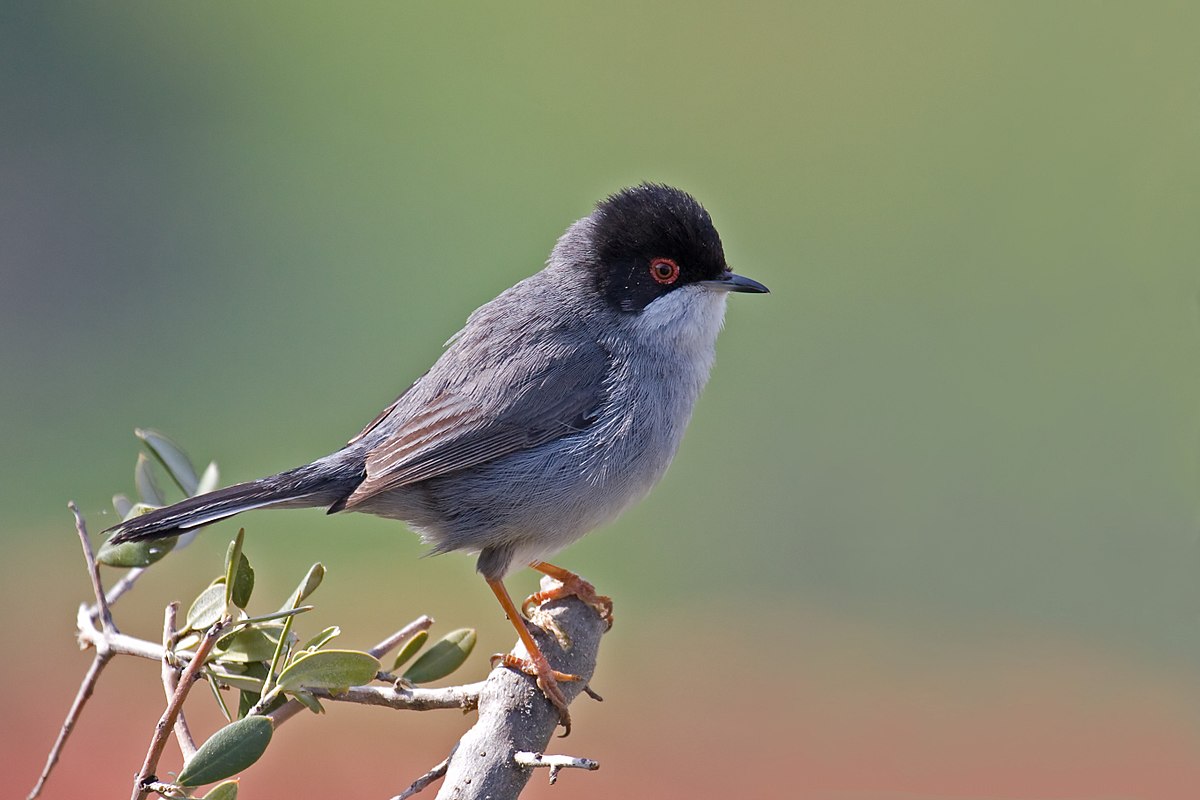
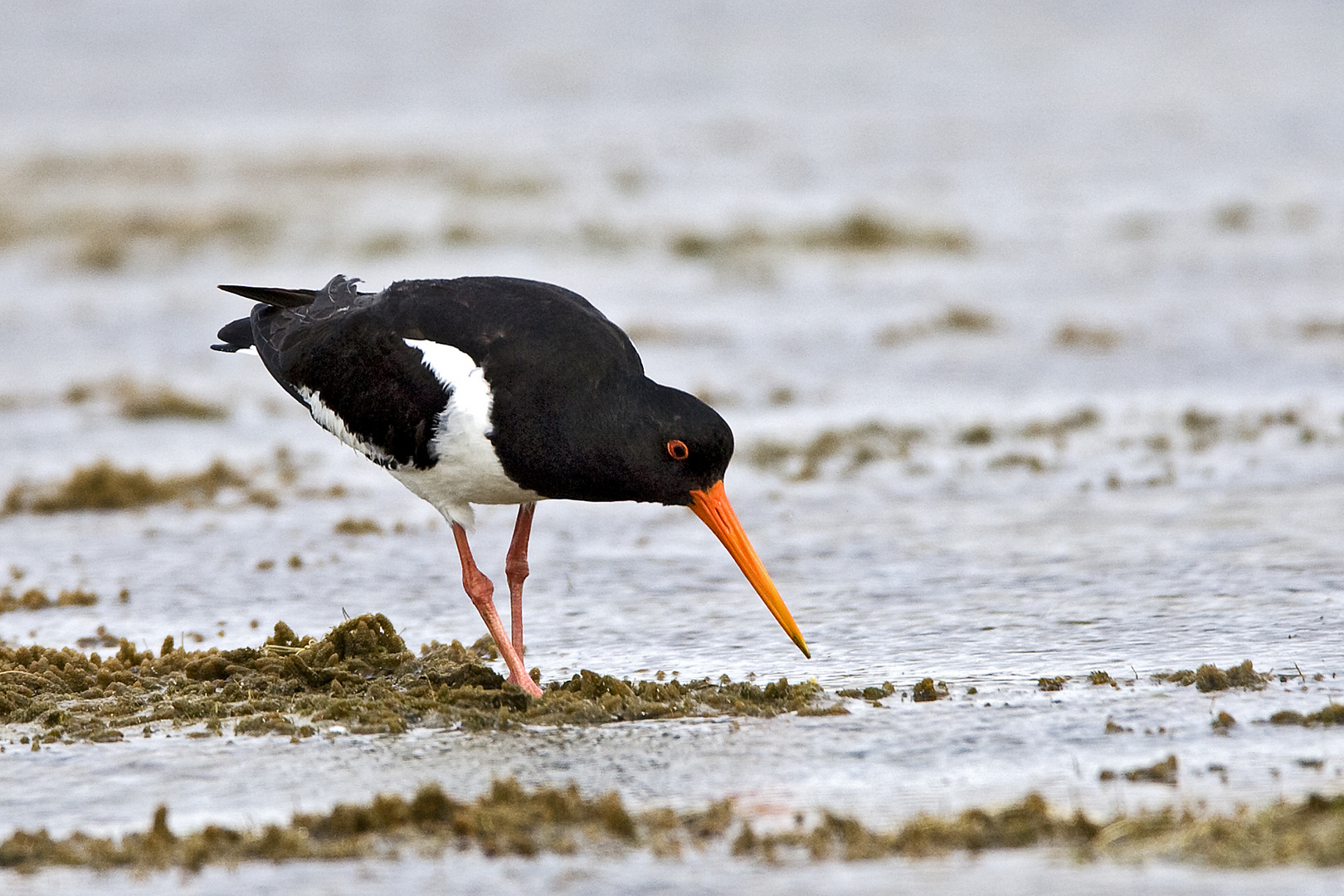
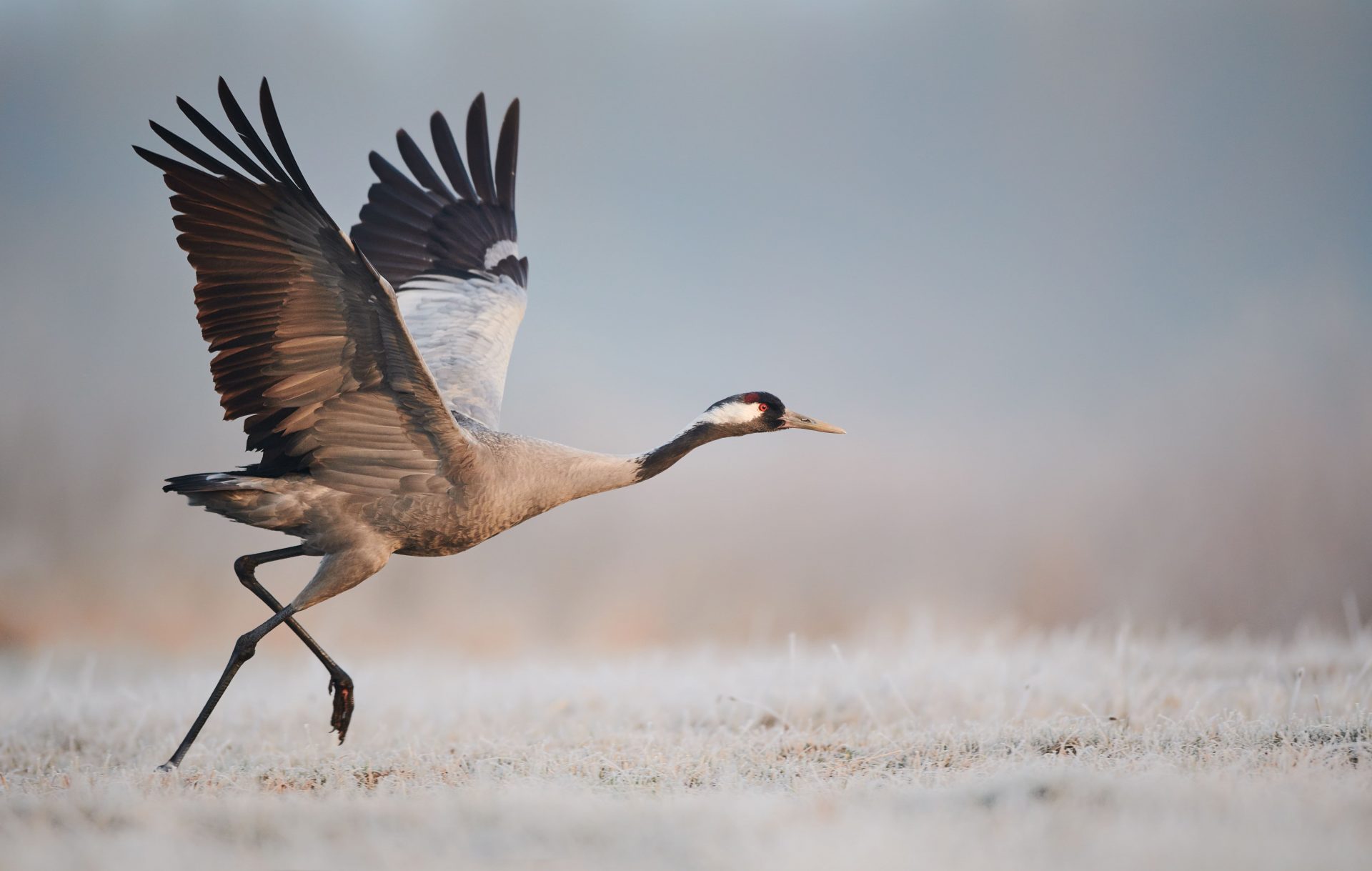
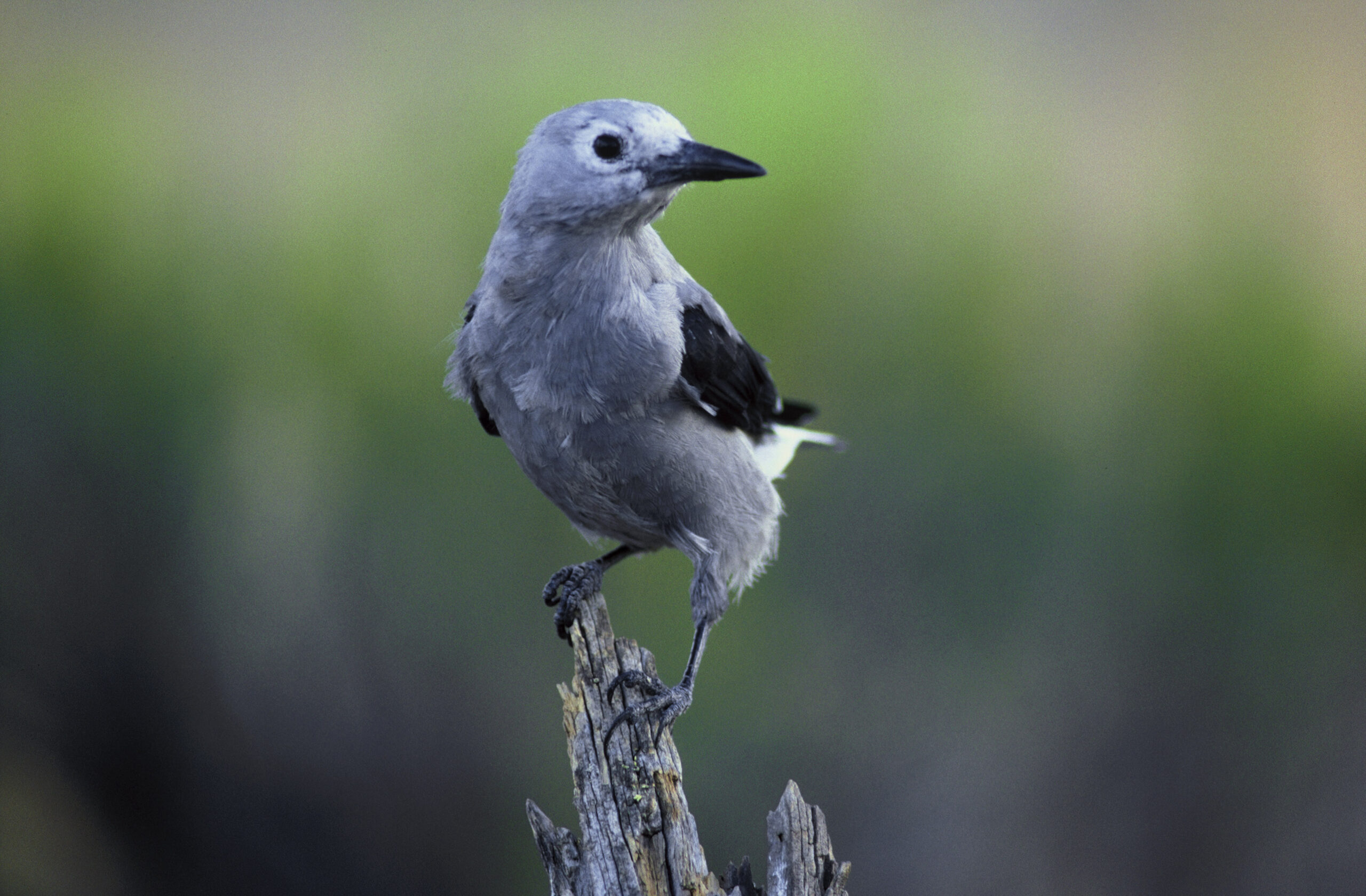
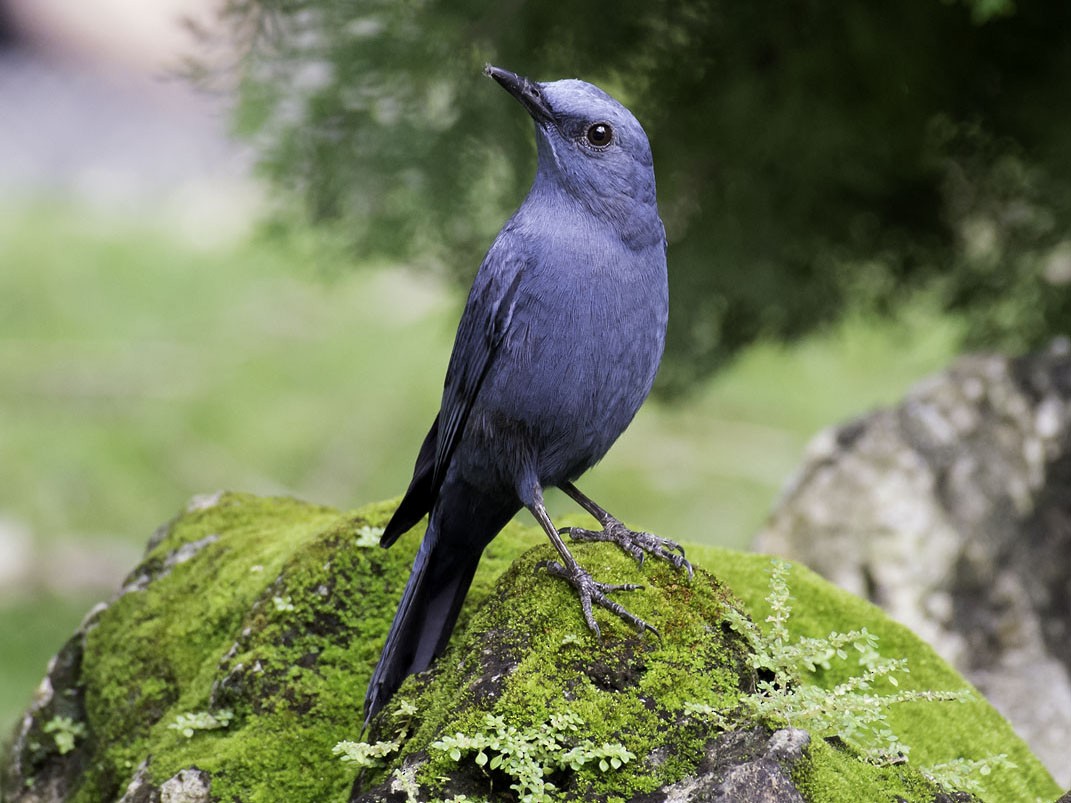
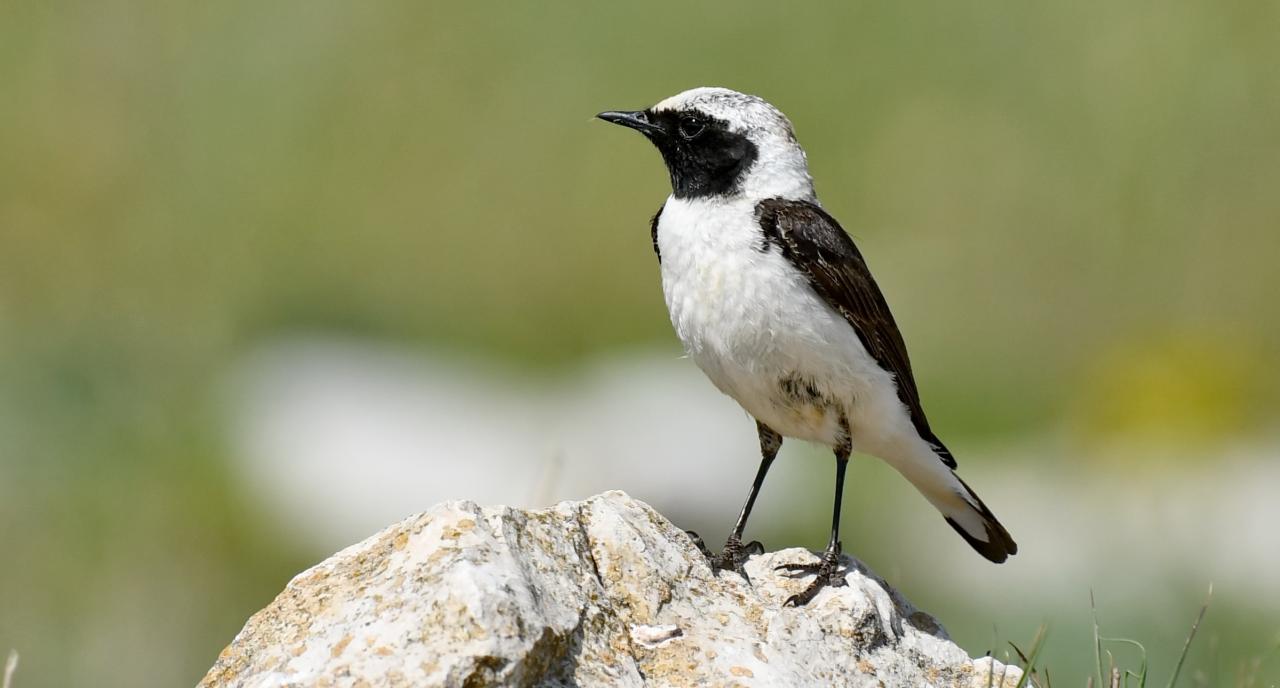

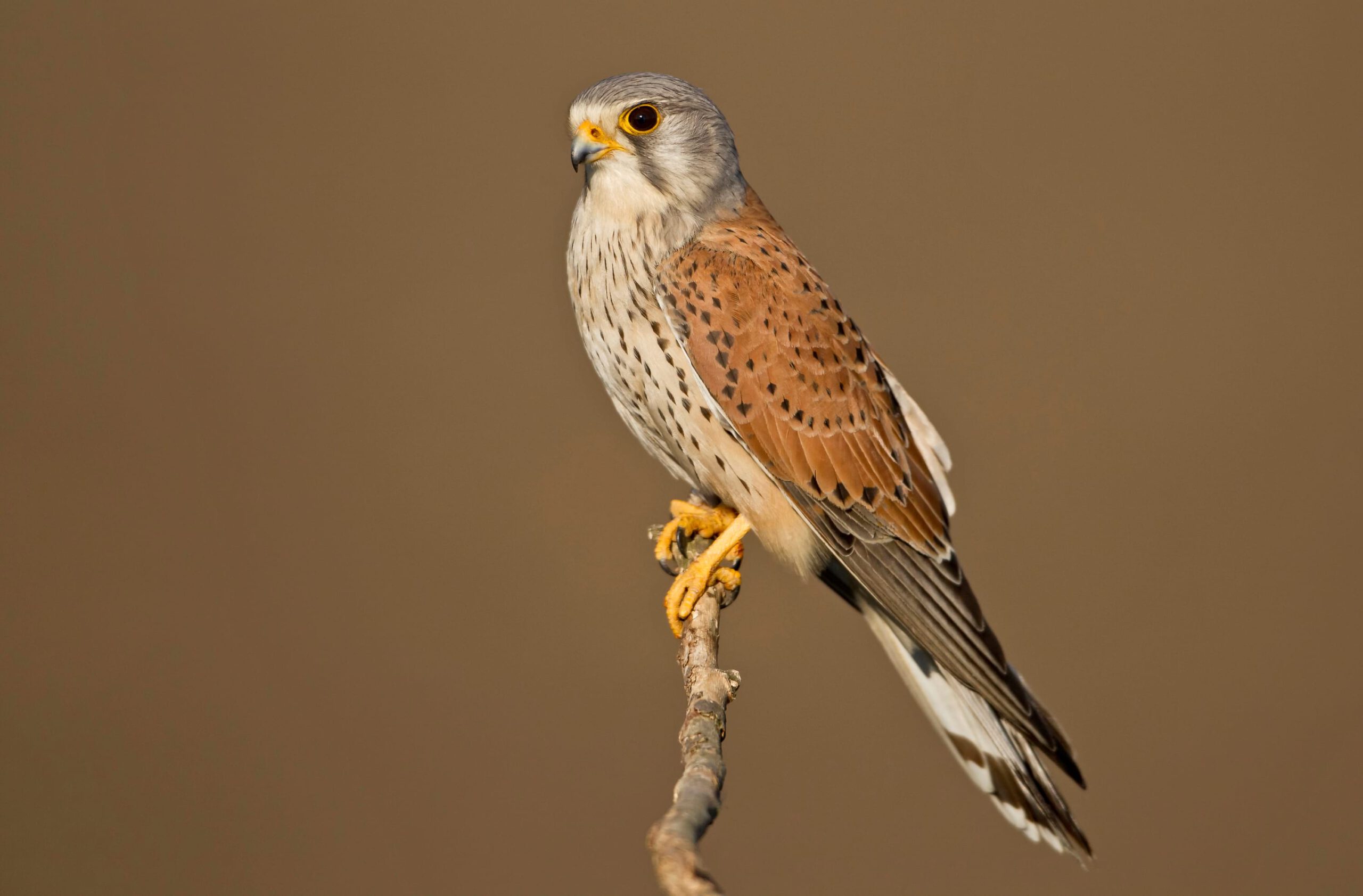
Find all the walls
15 walls
Place
14-16 Penpoll Road,London
Fresque
Hummingbird by Claire Ward ThorntonPar
Claire Ward-ThorntonOiseau
Ruby-throated HummingbirdPlace
Aknīste – Gārsene – Ausmas,LV-5218 Gārsene,
Lettonie Zemgale
Fresque
Black storksPar
Anda LāceOiseau
Black StorkPlace
Bruxelles BelgiqueFresque
Turtle DovePar
Aurore VegasOiseau
European Turtle DovePlace
Jarrestraße 20,22303 Hamburg,
Allemagne
Fresque
COMMON KESTRELPar
Hanadi ChawafOiseau
Common KestrelPlace
Lisbonne,Portugal
Fresque
Vulture & EaglePar
Tatiana SaumOiseaux
Spanish Imperial Eagle, Cinereous Vulture.Place
Kišpatićeva ul. 12,10000,
Zagreb,
Croatie
Fresque
Common KingfisherPar
Chez 186Oiseau
Common KingfisherPlace
1 Boulevard de Dresde,67000 Strasbourg,
France Grand Est
Fresque
Eurasian CurlewPar
Philippe BaudelocqueOiseau
Eurasian CurlewPlace
Tabor,1000 Ljubljana,
Slovénie
Fresque
Little TernPar
ŠkartOiseau
Little TernPlace
Roodborststraat 18,3083 WB Rotterdam,
Pays-Bas
Fresque
The European RobinPar
Marloes de KiewitOiseau
European RobinPlace
35 Rue du Général Leclerc92130 Issy-les-MoulineauxFresque
Five birds by MantraPar
MantraOiseaux
Common Kingfisher, Barn Swallow, European Goldfinch, Eurasian bullfinch, Lesser Spotted Woodpecker.Place
Place Seigneur de Monlezun,Sempesserre
Fresque
The Red PartridgePar
Adèle RenaultOiseau
Red-legged PartridgePlace
Ss Cyril & Methodius 44,Skopje 1000,
Macédoine du Nord
Fresque
Egyptian VulturePar
Dorotej NeshovskiOiseau
Egyptian VulturePlace
2 Place des Marseillaises,Marseille
Fresque
6 Mediterranean and American birdsPar
FikosOiseaux
Eurasian Hoopoe, Western Black-eared Wheatear, Blue Rock Thrush.Place
299 Avenue de l’Adour,Anglet
Fresque
11 migratory birds of the Basque coastPar
MioSHeOiseau
Common cranePlace
84 Rue du Chemin Vert,Boulogne-sur-Mer
